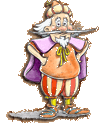

Top of Page

Top of Page

Top of Page

Top of Page


Copernicus Version 99.1
|
 |

As coincidence would have it, on October 16 an earthquake measuring 7.0 on the Richter scale rumbled across the desert in California, just as the Exploratorium Faultline crew was working its way up the San Andreas Faultline producing a series of video feeds and live events about life in earthquake country. Although the earthquake and the Exploratorium Faultine project have passed, you can still get the dirt on ground-shaking earthquakes by checking out the
Exploratorium Faultline Archives.
Visit the Exploratorium Faultline Archives to learn why earthquakes happen, how they affect the people who live through them, and what scientists and engineers are doing to predict and protect against them. Also, get special features on "The Great Shake" of 1906 and the massive Loma Prieta earthquake of 1989. Then log on to video footage shot on location in California by Exploratorium crews.
If you're ready to become an earthquake expert, browse the resources and discussion questions listed below. You'll find lots of excellent earthquake sites, complete with pictures, animation, and descriptions to help you decode the details of earthquake science.
|
|
Earthquake Science |
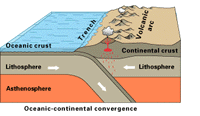
Germantown Elementary School,
IL Science Department |
Though seemingly sudden and often destructive, earthquakes are slow to form. In fact, laying the groundwork for an earthquake takes decades, according to the study of underground movement called plate tectonics. To analyze the beneath-the-surface mechanisms of earthquakes, you'll need to know some basic geology and seismology. |
Additional Resources
Exploratorium: Life Along the Faultline General Information Links
United States Geological Survey (USGS) Earthquake Information Page
USGS Seismology at the Science Fair (earthquake-related science projects for kids)
Virtual Earthquake (geology labs online)
|
|
1989 Loma Prieta Earthquake |
| Ten years ago, during the third game of the 1989 World Series, the Loma Prieta earthquake shook San Francisco, collapsing buildings and crumbling a section of the Bay Bridge in the P.M. rush hour. Find out how the city dug out from this ill-timed quake and get the facts on the phenomenon to prepare you for the Exploratorium's ten-year commemoration on October 17. |
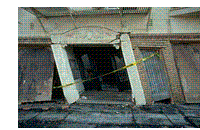
U.S. Geological Survey |
Additional Resources
USGS Loma Prieta Earthquake 10th Anniversary
The October 17, 1989 Loma Prieta Earthquake
1989 Earthquake Reports and Photographs from the Museum of the City of San Francisco
|
|
1906 San Francisco Quake |
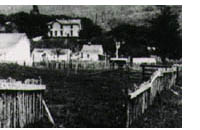
U.S. Geological Survey |
The nation's worst natural disaster struck on April 18, 1906 at 5:15 AM. The quake registered 8.25 on the Richter scale, a magnitude large enough to crumble the city of San Francisco in only one minute of shaking. The massive rumblings sparked a devastating fire that burned for three days and covered 4.7 square miles. |
Additional Resources:
The Museum of the City of San Francisco's 1906 Earthquake and Fire Exhibit
The San Francisco Earthquake and Fire
1906 Earthquake and Fire News Clippings
|
|
Building Safer Structures |
Even with today's advanced technology, researchers cannot pinpoint when or where earthquakes will strike. The best defense against these monster rumblings is to construct "smarter" and safer structures.
|
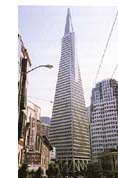
PBS Savage Earth |
Additional Resources
The Anatomy of a Safe Building
Exploratorium: Life Along the Fault Line Earthquake Engineering
Home Safe Home
American Red Cross's "Talking about Disasters"
USGS Building Safer Structures
|
© 2003 by EdGate All rights reserved.
|




